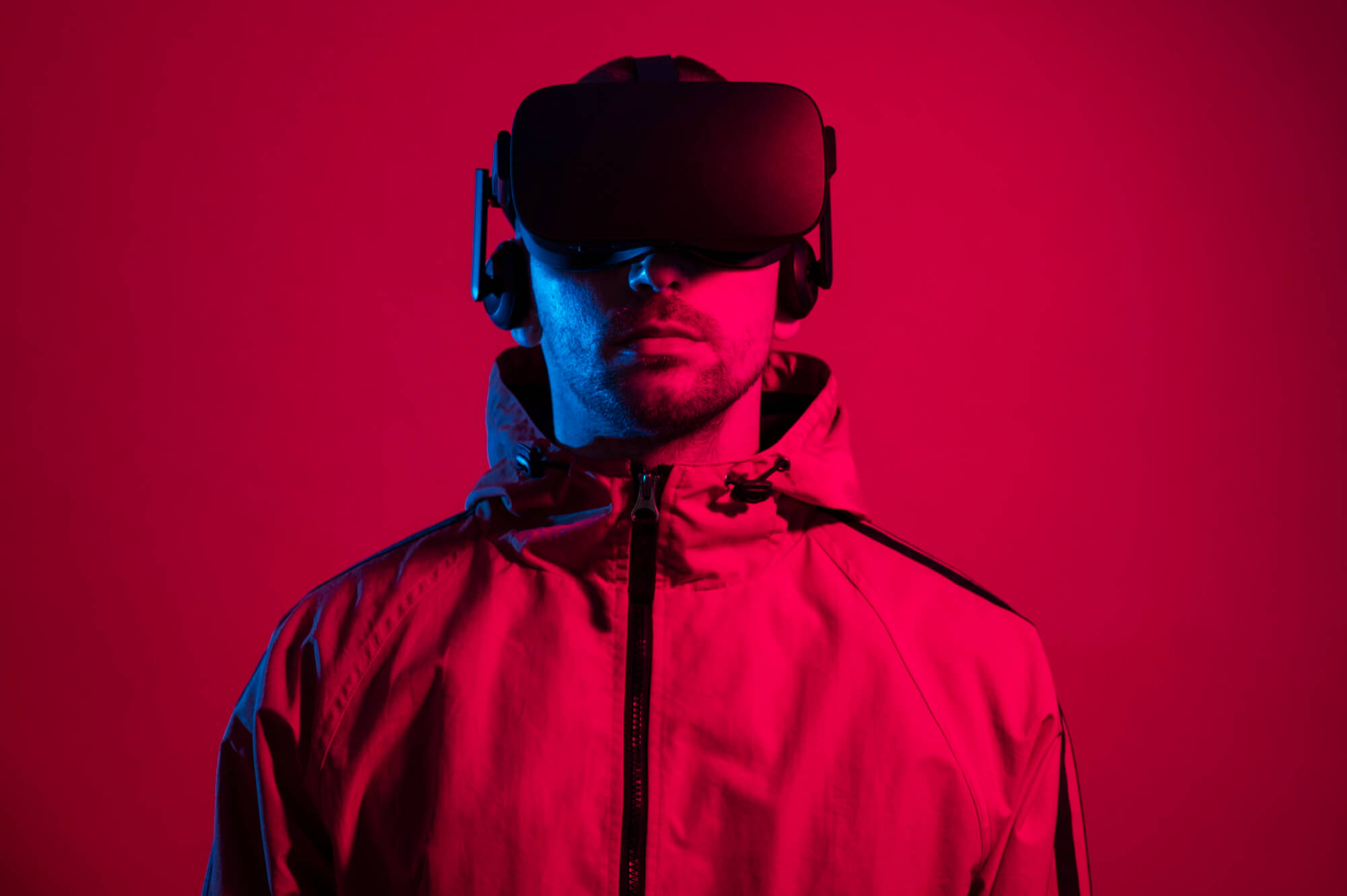The scent of frangipani and diesel exhaust hit me the moment the Chiang Mai airport doors slid open. Not unpleasant, just immediate. Thailand announced itself not with a whisper, but a vibrant, humid embrace. I’d dreamed of this moment, planned meticulously, but standing there, backpack digging into my shoulder, the sheer potential of the journey ahead felt both exhilarating and daunting. I craved more than just sights; I yearned for the soul of the place. Little did I know, the key wasn’t ticking boxes, but finding the rhythm – the beautiful, chaotic, serene rhythm – that makes Thailand, Thailand. This is the story of that balance, stitched together by golden temples, rice fields stretching to the horizon, neon cityscapes, turquoise waters, and the quiet dignity of a monk’s blessing.
My journey began not in the city, but above it. Eschewing the usual hotel check-in shuffle, my partner and I threw our bags into a waiting songthaew, the open-sided red truck that’s the city’s lifeblood. “Doi Suthep,” I told the driver, the name feeling foreign yet thrilling on my tongue. The road wound upwards, jungle pressing in, glimpses of Chiang Mai sprawling below like a toy city. By the time we reached the sacred mountain’s peak, the air was cooler, thinner, carrying the low thrum of chanting and the sharp chime of temple bells. Wat Phra That Doi Suthep rose before us, a breathtaking symphony of gold against the emerald mountains. The climb up the Naga staircase, flanked by mythical serpents, felt like shedding the ordinary world.
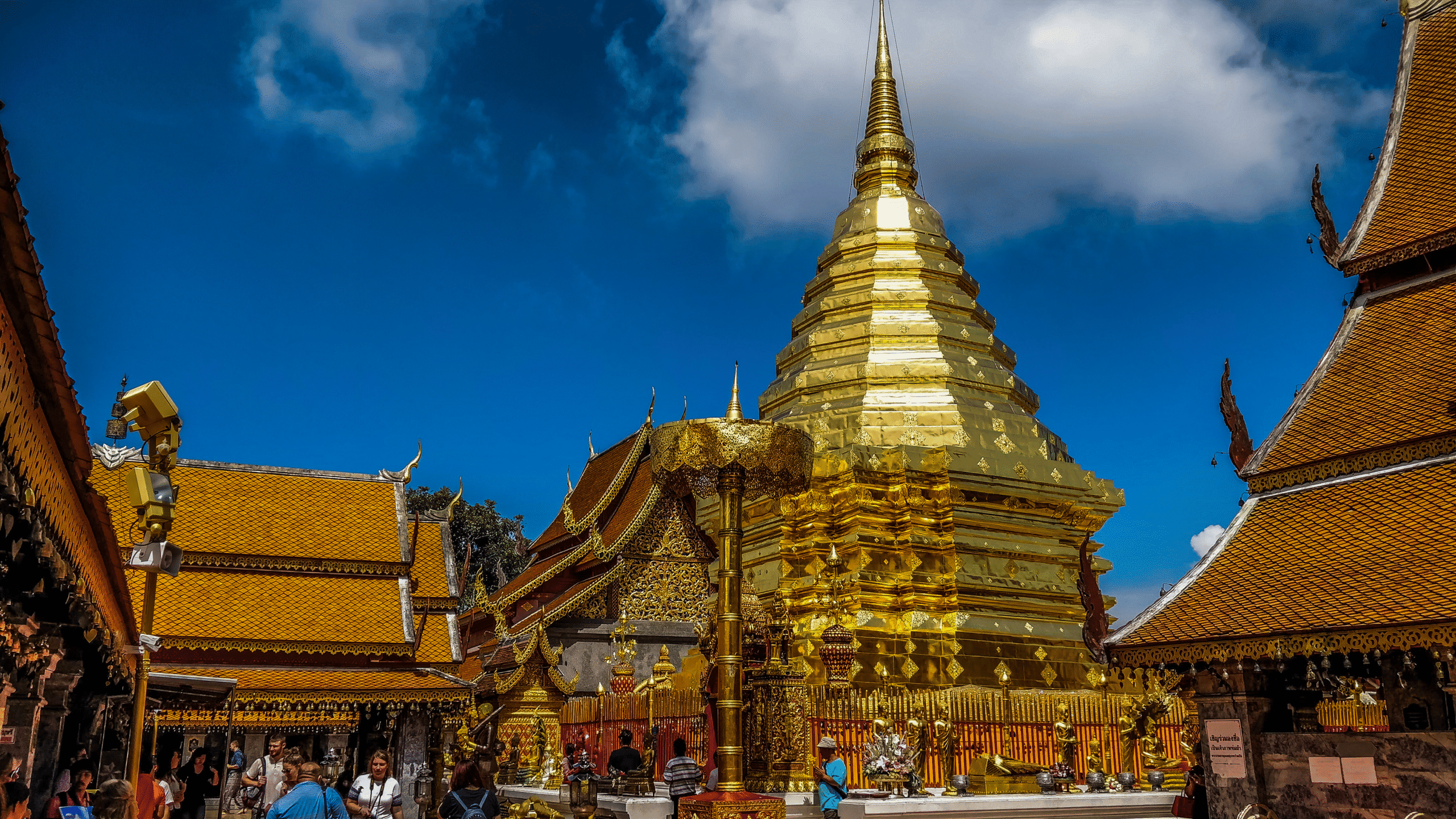
Inside the temple complex, the sheer opulence was staggering. Gold everywhere – shimmering off the central chedi, adorning intricate murals, reflecting the midday sun with an almost blinding intensity. Devotees knelt, offered lotus blossoms, lit incense whose sweet smoke curled upwards. Amidst the quiet reverence, an elderly monk, his saffron robes vibrant against the gold, motioned us closer. His eyes held a profound calm. He murmured blessings in Pali, dipping a stalk into a silver bowl of sacred water, flicking droplets onto our heads and shoulders. Then, with practiced gentleness, he tied thin white strings around our wrists – sai sin, sacred threads symbolizing protection and good fortune. The simple act, the weightless thread, carried an immense, grounding power. It wasn’t just a ritual; it felt like an anchor dropped into the deep well of Thai spirituality. We left Doi Suthep not just having seen a temple, but feeling strangely lighter, carrying a quiet golden ember within.
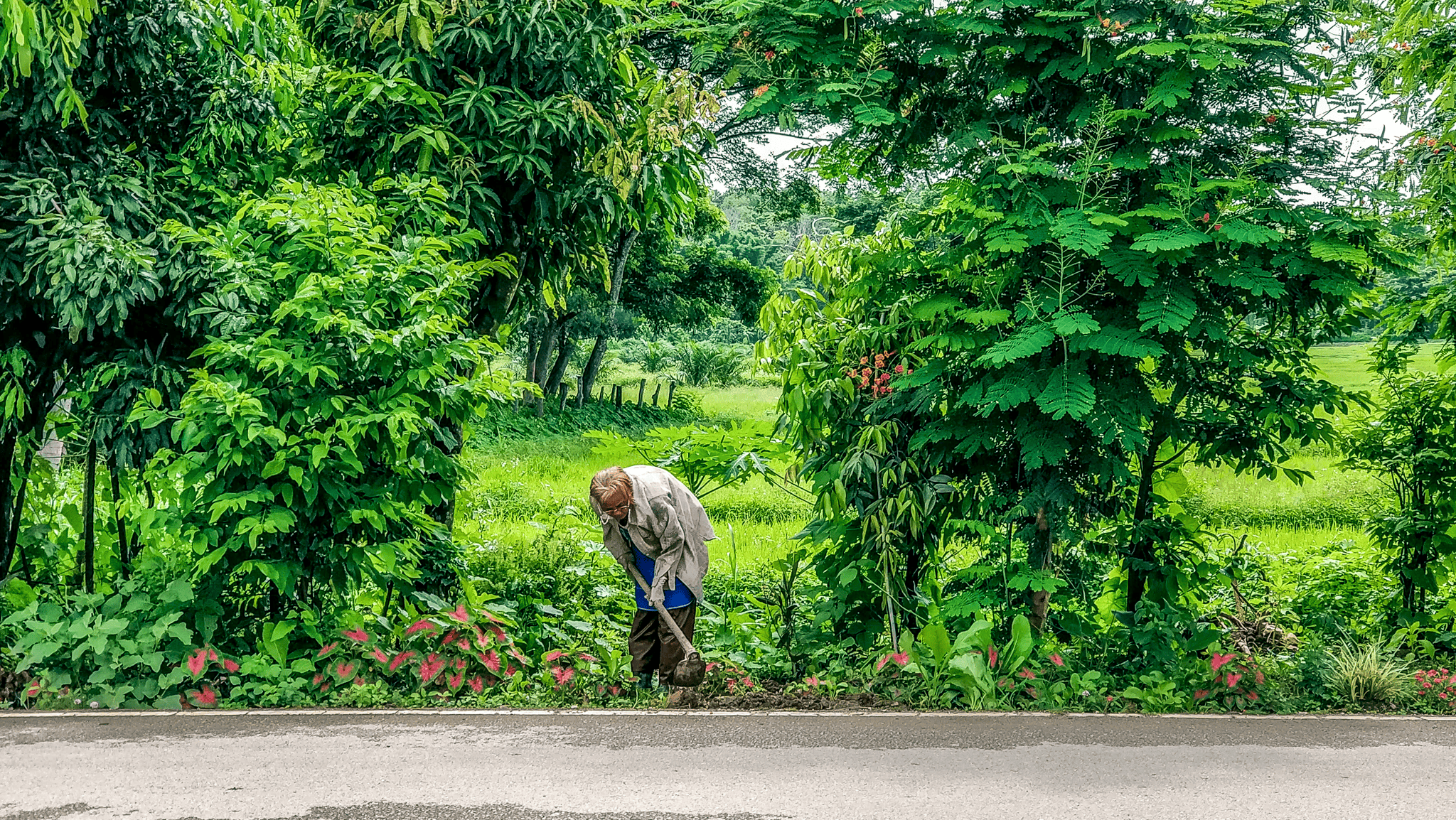
This spiritual grounding became the perfect counterpoint to what came next: immersion. We traded the temple’s gilded heights for the earthy reality of the Chiang Mai countryside. Our destination wasn’t a resort, but a homestay nestled in a small village within the Wang Nuea District, a solid hour’s drive outside the city walls. The family’s home was simple: a sturdy wooden structure where daily life unfolded seamlessly. The front served as a tiny shop, shelves crammed with essentials – packets of Mama noodles, bottles of Singha, local snacks, soap, batteries. Stepping through the living quarters, however, revealed their world. Out back, stretching as far as the eye could see, lay their vast rice field, a shimmering, impossibly green tapestry stitched into the valley floor. The air hummed with insects and the distant calls of working buffalo.
Staying with P’ Lek and Nong May wasn’t tourism; it was participation. We woke to the rhythmic thud of a mortar and pestle as Nong May prepared som tam (papaya salad) for breakfast. We helped (clumsily) sort vegetables from their small garden. We sat on woven mats on the cool concrete floor, sharing sticky rice and fiery curries, communicating through smiles, gestures, and P’ Lek’s patient, broken English. One evening, as the sun bled orange over the rice paddies, P’ Lek took us for a walk along the narrow mud paths separating the flooded fields. He pointed out different rice varieties, explained the backbreaking cycle of planting and harvest, and shared quiet stories of village life. The silence out there, broken only by frogs and the rustle of wind through the stalks, was profound. It was the antidote to everything – a deep, restorative breath of rural authenticity. The gold of Doi Suthep felt mirrored here, not in glittering metal, but in the precious, sun-drenched simplicity of connection and land.
From this serene cocoon, we plunged headfirst into Bangkok’s electric heart. The contrast couldn’t have been sharper. The quiet village paths were replaced by the roaring symphony of Sukhumvit Road. The cool night air gave way to the city’s relentless, enveloping heat. We dove into the sensory overload. Yaowarat Road, Bangkok’s legendary Chinatown, assaulted us with a kaleidoscope of sights, sounds, and smells. Glowing red lanterns strung overhead illuminated stalls piled high with dried seafood, exotic fruits we couldn’t name, glistening roasted ducks, and bins overflowing with pungent herbs. The sizzle of woks, the shouts of vendors, the press of the crowd – it was exhilarating chaos. We squeezed onto plastic stools at a tiny stall, devouring bowls of rich, aromatic noodle soup, the flavours exploding against the backdrop of controlled pandemonium.
Our Bangkok wasn’t just about ancient alleyways, though. We craved the modern pulse too. Si Lom pulsed with suited professionals and sleek bars, a different kind of energy entirely. But it was Icon Siam that truly showcased Bangkok’s audacious modernity. Rising like a futuristic palace on the Chao Phraya riverbank, it housed luxury brands alongside a mind-bending food court on the ground floor designed to mimic a floating market. We wandered, dazzled, past stalls offering everything from delicate sushi to fiery Isaan sausages. Dinner was a deliciously democratic affair amidst the controlled frenzy, sampling tiny portions of a dozen different dishes. Bangkok taught us balance through juxtaposition: the ancient shrines tucked beside skyscrapers, the serene river ferries dodging roaring long-tail boats, the exquisite street food enjoyed amidst gleaming mall luxury.
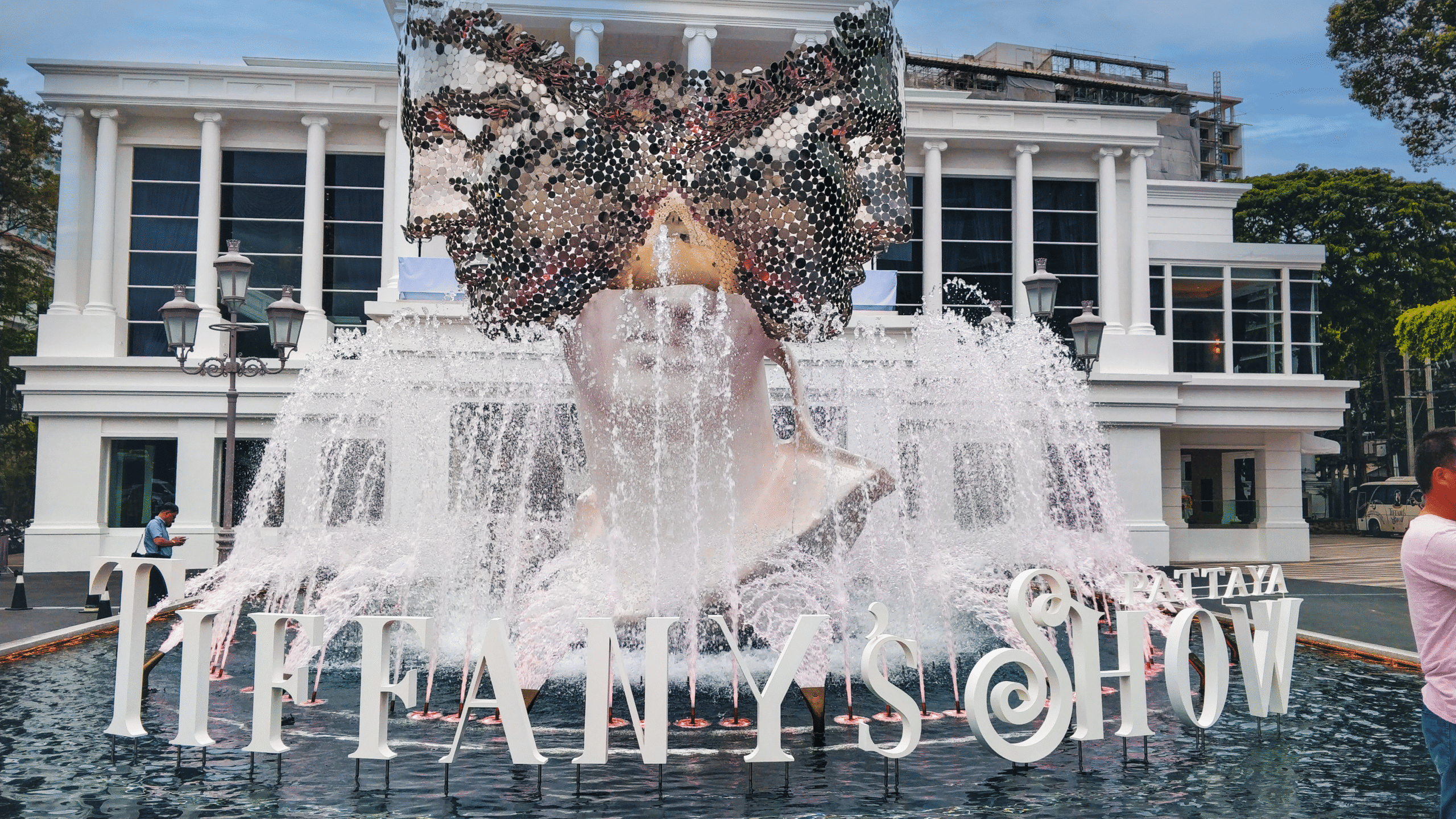
Seeking a different flavour of spectacle, we drove south to Pattaya. Let’s be honest, Pattaya isn’t for everyone. Its reputation precedes it. But we had one specific mission: Tiffany’s Show Pattaya. Stepping into the opulent theatre felt like entering a different universe. The costumes were breathtaking – feathered headdresses reaching for the ceiling, sequined gowns that shimmered like liquid jewels, elaborate cultural attire reimagined with dazzling flair. The performances were a high-energy whirlwind of lip-synced pop anthems, traditional Thai dance infused with contemporary flair, and sheer, jaw-dropping production value. The talent and dedication of the performers were undeniable. It was pure, unadulterated glamour and entertainment, a world away from the monk’s blessing or the rice fields, yet undeniably a vibrant thread in Thailand’s complex cultural tapestry. We left dazzled, humming show tunes, appreciating the sheer artistry and spectacle.
Returning to Bangkok that night, we embraced a different kind of energy. DJ Station in Silom was a pulsating heart of Bangkok’s famous nightlife. The air thrummed with bass, the dance floor was a sea of moving bodies under strobe lights, and the atmosphere crackled with an infectious, inclusive energy. It was hot, incredibly crowded – navigating to the bar felt like an expedition – but undeniably exciting. The sheer volume of people from all walks of life, united by music and the desire to celebrate, was exhilarating. We danced until our feet ached, soaking in the vibrant, slightly overwhelming, joy of it all. It was the yang to Chiang Mai’s yin, the loud, modern counterpoint to the temple’s serene silence.
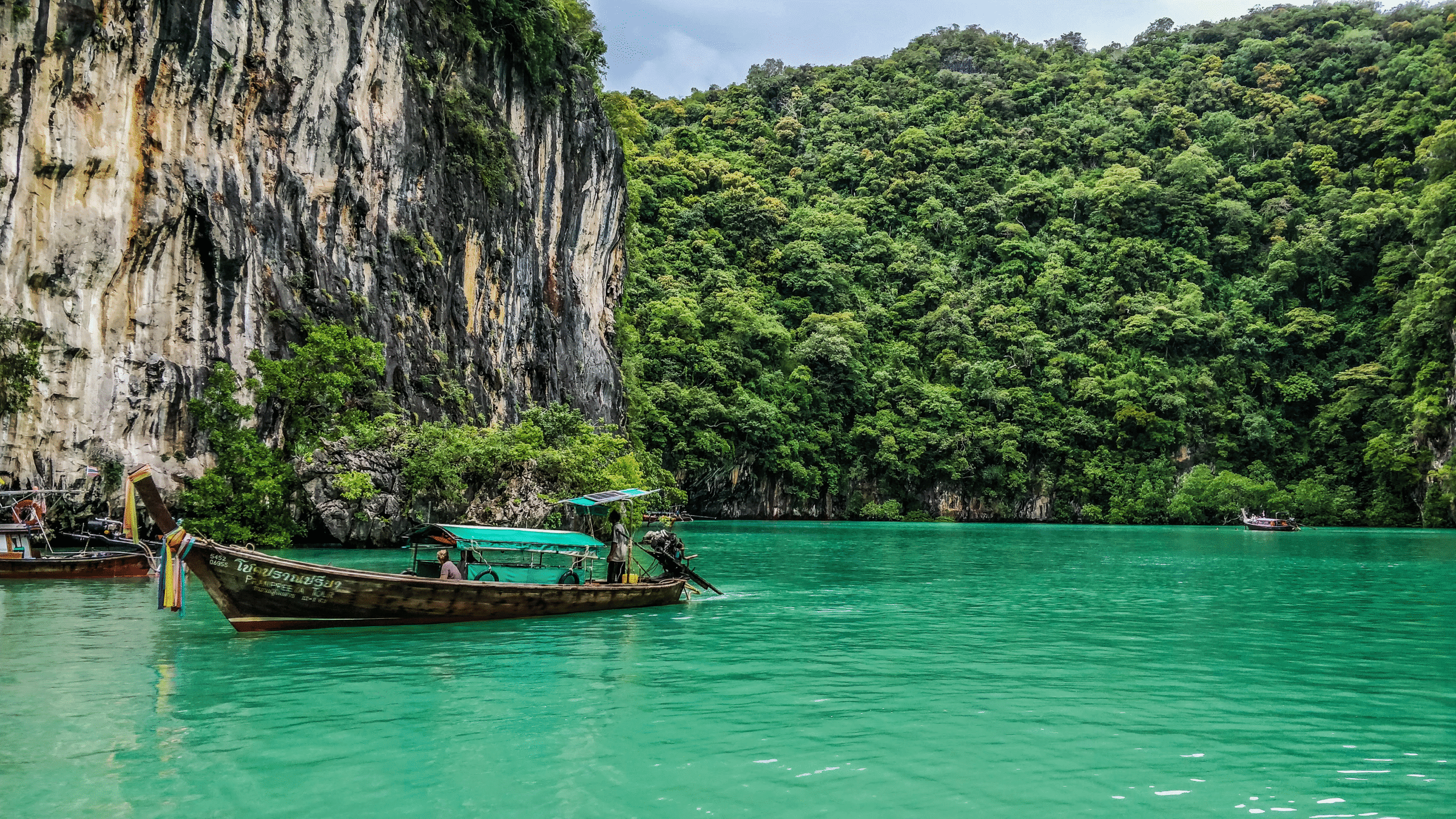
Craving nature’s counterbalance after the urban intensity, we flew south to Krabi. The transition was instantaneous. The frantic energy of Bangkok dissolved into the laid-back, limestone-studded beauty of the Andaman coast. Ao Nang’s main strip offered relaxed shopping – colourful sarongs, carved soap, beachwear – and cafes with stunning ocean views. We stayed in a small, lovely hotel tucked away from the main bustle, its pool overlooking dramatic karst formations. It was comfortable, peaceful, a chance to exhale.
But the true magic came with the water. Opting for flexibility and freedom, we chartered a private long-tail boat for a day trip to the Phi Phi Islands. Our captain, a wiry man with a perpetual smile, became our guide. As the boat sliced through the impossibly turquoise water, leaving a frothy white wake, the iconic limestone cliffs rose dramatically from the sea. The beauty was almost unreal, like sailing through a postcard. The freedom of a private boat was transformative. When Maya Bay (despite restrictions, its beauty from the water is undeniable) became crowded with tour groups, we simply moved on. We lingered for an hour in the stunning emerald lagoon of Pileh Cove, swimming in the warm, still water surrounded by towering cliffs, sharing it with only a handful of other small boats. We stopped at deserted stretches of beach on Bamboo Island, snorkelled vibrant coral reefs teeming with life off Mosquito Island, and explored hidden coves inaccessible to larger vessels. Controlling our own timing, escaping the crowds when we wanted solitude, made the experience deeply personal and profoundly relaxing. It was the ultimate freedom on water, a perfect counterweight to the structured tours and city grids.
Our Thailand journey, we felt, needed a closing circle. Flying back to Chiang Mai felt like coming home to a familiar, gentler embrace. But there was one essential experience left: connecting with Thailand’s gentle giants ethically. We visited an elephant sanctuary nestled in the hills outside the city. This wasn’t about riding or shows; it was about observation and understanding. We walked alongside rescued elephants as they ambled through the forest, watched them bathe in mud pools, and learned about their complex social structures and the challenges they face. Seeing these majestic creatures safe, respected, and simply being was incredibly moving. It was a quiet, profound ending to our wildlife encounters, emphasizing respect over exploitation. Even our final, mundane act – hunting for a specific phone model in Chiang Mai’s bustling electronics markets – felt fitting. It was a slice of everyday Thai life, a reminder that beneath the tourist veneer, people live, work, and shop.
As our plane lifted off from Chiang Mai, bound for Japan, I looked down at the patchwork of green fields, the winding rivers, the distant mountains. The thin white sai sin string, now frayed and darkened, was still securely tied around my wrist. It felt like a physical manifestation of the journey’s golden thread. Thailand hadn’t just been a sequence of destinations; it had been a masterclass in balance.
We found profound spirituality on a mountaintop and earthy connection in a rice field. We navigated the exhilarating chaos of Bangkok’s streets and Chinatown, then sought refuge in its modern temples of commerce. We embraced the glittering spectacle of Pattaya and the pulsing energy of a Silom nightclub. We traded it all for the soul-soothing freedom of a private long-tail boat amidst paradise islands and the quiet dignity of elephants in a forest sanctuary. We experienced ancient blessings and bought modern gadgets.
This is the true magic of Thailand. It doesn’t demand you choose between serenity and excitement, culture and beach, ancient and modern, spiritual and sensory. It offers it all, woven together in a vibrant, sometimes chaotic, but ultimately harmonious tapestry. The key isn’t cramming everything in, but allowing the rhythm of the place to guide you, seeking the counterpoints that resonate with your soul. Find your mountain temple, your rural homestay, your bustling market, your secluded cove, your ethical encounter. Let the gold of the temples reflect the golden light on the rice fields, and the neon of the city echo in the turquoise sparkle of the Andaman Sea. That’s the balanced Thailand trip – not a checklist, but a rich, resonant chord struck deep within you, long after the tan fades and the flight lands elsewhere. My frayed sai sin remains, a humble reminder of that perfect, golden balance.








